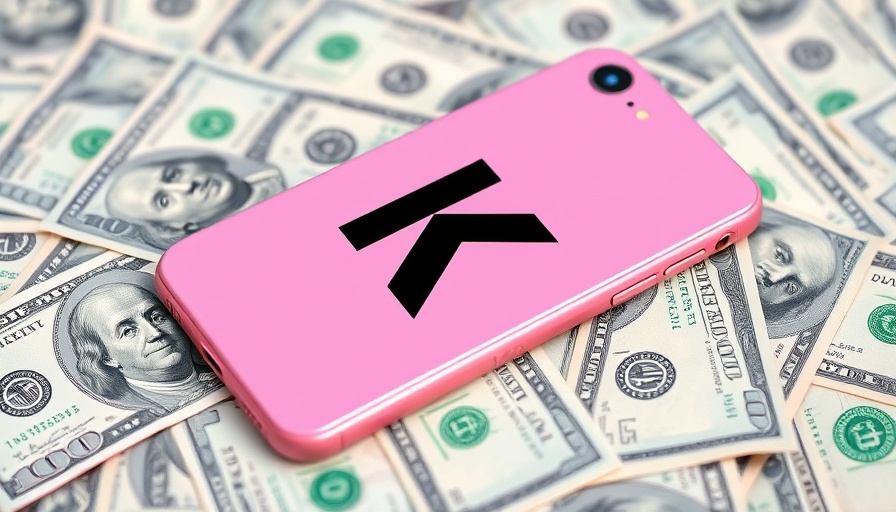
Why Klarna's Pivot Matters for Business Owners
Klarna's recent expansion into digital banking isn't just another trend in the fintech sector; it's a pivotal moment that underscores how companies must adapt to survive. As Klarna prepares for its public offering, it is morphing from a buy now, pay later (BNPL) provider into a full-fledged neobank. This shift indicates a strong response to market pressures and changing consumer preferences, particularly among tech-savvy millennials and Gen Z. Business owners looking to secure funding and scale their operations might want to pay attention to this evolution in fintech.
The Importance of Diversification in Fintech
The ongoing pressure on Klarna's core BNPL business model highlights a critical lesson for businesses: diversification is not optional. As consumer behaviors change, financial institutions must evolve to stay relevant. Klarna's innovative new products, like its U.S.-based debit card and mobile banking solutions, are perfect examples of how fintechs are becoming adaptable to consumer needs. These offerings not only keep existing customers engaged but also attract new ones—something that today's entrepreneurs should consider when planning their growth strategies.
Consumer Trends Changing the Financial Landscape
Research shows that as many as 47% of millennials and 46% of Gen Z have engaged with BNPL services over the past year. This trend is crucial for business owners to note; it reflects a shift in purchasing behavior, with young consumers leaning toward flexible payment options. Additionally, the fact that 6 out of 10 U.S. consumers using BNPL options earn at least $100,000 means that this demographic holds significant buying power that cannot be ignored by businesses.
Future Predictions: Where is the Fintech Industry Headed?
Taking cues from recent developments, we may expect other financial companies to follow Klarna's lead. With the rise of digital banks like Chime and Revolut gaining ground and increasing market visibility, the competitive landscape is set to evolve even more rapidly. Business owners must keep an eye on how these fintechs leverage technology, digital currency, and new customer engagement models to capture market share. Predictions suggest that the successful IPOs of digital banks could be a harbinger of more collaboration between traditional banks and fintech innovators.
Unique Benefits of Understanding fintech Trends
Understanding Klarna's transition could pay dividends for business owners. It's not just about following trends; it's about paving a way toward a stable financial future. With an understanding of the fintech landscape—especially around trends like digital currency and crypto—business owners can foresee opportunities for collaboration, improve liquidity management, and tap into emerging payment methods that enhance customer satisfaction.
As Klarna's foray into digital banking illustrates, the key to longevity in business lies in innovation and the adaptability to consumer demands. As you strategize your next move in scaling your business, consider how fintech solutions could play a role in your operational infrastructure.
 Add Row
Add Row  Add
Add 



Write A Comment